The 10 Biggest Hewlett Packard Enterprise Stories Of 2015
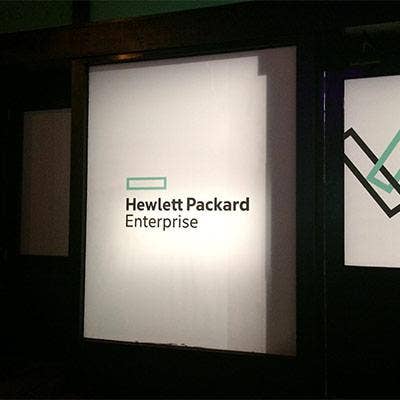
The Dawn Of A New Era For Hewlett Packard Enterprise
Seventy-six years after Bill Hewlett and Dave Packard founded Hewlett-Packard in a Palo Alto garage, the $110 billion company - once the largest in the industry – opened a new chapter in its storied history of innovation and entrepreneurship with the creation of two new Fortune 50 companies: Hewlett Packard Enterprise and HP Inc.
Hewlett Packard Enterprise, which is comprised of enterprise systems and software, got off to a fast start as a new company rolling out a revolutionary next generation architecture – Synergy composable infrastructure – just one month after its formal separation from HP Inc. The company also set the stage for a new era of a growth with a new global enterprise channel chief- Kerry Bailey- and a new channel game changer - reclassifying SMB and Commercial Two midmarket segment as a 100 percent channel businesses.
Hewlett Packard Enterprise's biggest sales boost, however, came from its $3 billion acquisition of wireless networking high flyer Aruba, which was finalized in May. Here are the top 10 Hewlett Packard Enterprise stories of the year.
If you missed it, be sure to take a look back at the rest of the best of 2015 with CRN.
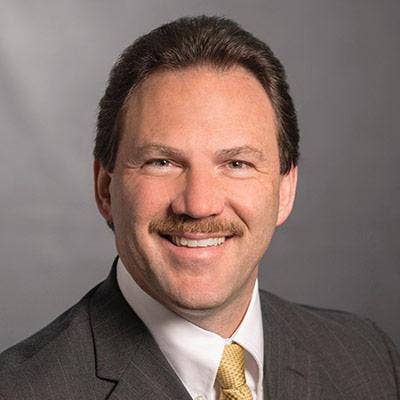
10. HPE Names Kerry Bailey New Channel Chief
Hewlett-Packard Enterprise tapped a cloud veteran, Kerry Bailey, as its new top channel executive as part of a stepped-up drive to help partners make the transition to selling cloud services.
HP named Bailey, one-time president and CEO of Terremark, the cloud infrastructure-as-a-service vendor Verizon acquired for $1.4 billion in 2011, as worldwide channel chief and senior vice president of worldwide indirect sales.
Bailey took over from Sue Barsamian, the popular former HP channel chief, whom HP appointed to lead its security software business in August. Partners said they were encouraged to see HP appoint a cloud industry veteran to the role.
"Kerry is a proven leader with a terrific track record and will add even more winning characteristics and skills to our partner ecosystem," said Antonio Neri, HP Enterprise Group Executive Vice President, in an email. "His cloud heritage will greatly enhance our ability to move our partner ecosystem to the New Style of IT.

9. HPE Shifts Thousands Of Accounts To Partners, Will Not Pay Direct Sales Force For SMB, Midmarket Deals
HPE stepped up its channel game in 2015 by refusing to pay its direct sales force for any SMB and mid-market deals, effective Nov. 1, as it moves thousands of accounts to partners.
The strategic policy shift was announced by Hewlett Packard Enterprise Group Vice President and General Manager of Americas Sales Scott Dunsire in an XChange 2015 conference session on the HP split hosted by Robert Faletra, CEO of The Channel Company, the publisher of CRN.
Under the new plan, Hewlett Packard Enterprise reclassified its SMB and Commercial Two midmarket segment as a 100-percent channel business."That is a significant amount of revenue [for the channel]," said Dunsire. "When I say significant, I mean significant. We actually are not going to pay our end-user sales teams if they don't have a partner attached to those deals. We are putting our money where our mouth is."
The shift comes as Hewlett Packard Enterprise moves aggressively to increase the percentage of sales it moves through the channel from about 70 percent to 80 percent, said Dunsire.

8. HPE's Cloud Business Hits $3 Billion With 20 Percent Growth Rate
HPE ramped up its cloud offensive in 2015 with a hybrid-cloud-strong strategy that now accounts for some $3 billion in annual sales with forecasted growth of at least 20 percent annually for the next several years.
"Cloud is a large high-growth business, which we are monetizing across the entire Hewlett Packard Enterprise portfolio," HPE CEO Meg Whitman told analysts in September, in what was the the first cloud sales forecast for the new $52.7 billion enterprise business. "We have a very clear point of view that hybrid infrastructure is the future and the environment that best meets the needs of our customers around the world. We are really well positioned."
Citing Bain & Company market-research data that puts the compound annual growth rate for private cloud services at 24 percent over the next three years vs. 17 percent for public cloud, Whitman said the hybrid cloud market is a much larger and richer opportunity than the public cloud market.
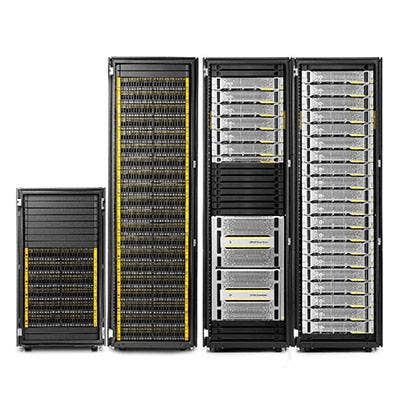
7. HPE's 3Par All Flash Storage Array Gains Momentum
Sales of HPE 3Par's all-flash storage array line soared in 2015, ending the year as a $500-million, run-rate business – bigger than Pure Storage and growing faster.
In November, HPE refreshed the 3Par line with new higher performance and lower-cost, all-flash versions of the 3Par line. In addition, the company announced the HPE 3Par Flash Acceleration for Oracle, a flash storage-based appliance targeting the acceleration of Oracle DB applications.
"The 3Par can run at half the cost of many solutions," said Joe Vaught, executive vice president and COO for PCPC Direct, a longtime HP partner. "This is a major spear for HP. I don't like competitors in my accounts. This lets me keep them out."
HPE CEO Meg Whitman told CRN that, given the size of HPE, some have overlooked the 3Par success story. "We are such a big company that when you have got a business like that embedded in Hewlett Packard Enterprise, people don't have an appreciation for it," she said.
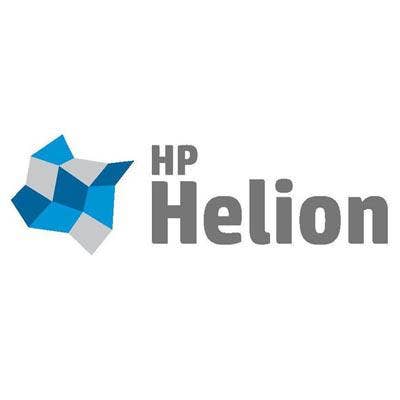
6. HPE Shuts Down Helion Public Cloud
HPE moved to shut down its public cloud business as part of a strategic shift aimed at helping partners drive hybrid cloud sales growth.
"A huge part of the decision to do what we just did was driven by the growth that we see together with partners," said Cloud Business Unit General Manager Bill Hilf in an interview with CRN. "Our partners want a lot of choice when they go talk to customers. This really unlocks the potential for HP and its partners to really capture the vast majority of that 30 percent hybrid cloud spending growth."
Hilf said that HP will sunset the Helion Public Cloud offering effective January 31, 2016, with the company focusing its resources on managed and virtual private cloud offerings.
"As we have before, we will help our customers design, build and run the best cloud environments suited to their needs – based on their workloads and their business and industry requirements," Hilf wrote in a blog post.

5. A Preferred Provider Pact With Microsoft Azure
HPE established a strategic beachhead in the cloud war by designating Microsoft Azure as a "preferred" public cloud partner.
"Microsoft shares our view of a hybrid IT approach for enterprises, and we both see opportunity to simplify hybrid infrastructure for our customers," said HPE CEO Meg Whitman. "Going forward, Microsoft Azure will become a preferred public cloud partner."
As part of the pact, the two companies announced what HPE called the first hybrid cloud hyper-converged system optimized for Azure – the HPE Hyper-Converged 250 for Microsoft Cloud Platform System Standard. HPE also committed to certifying 5,000 Azure Cloud Architects through its Global Services Practice.
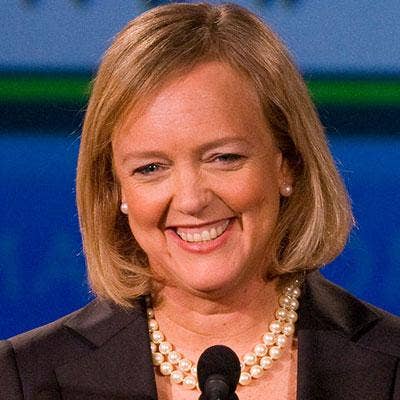
4. A Technology Breakthrough: Synergy Composable Infrastructure
HPE rolled out its ambitious "composable" Synergy next-generation system architecture aimed at leapfrogging converged infrastructure from such competitors Nutanix and Cisco.
HPE CEO Meg Whitman (pictured) called the new architecture, unveiled at HPE's Discover Conference in November, the biggest breakthrough from the company in 10 years. "This is as revolutionary a product as we have introduced probably in the last decade," said Whitman. "It has been a little bit of a long time coming because back under one of my predecessors this didn't get the funding it should have from an R&D perspective. So we have been pouring money into this."
Whitman said the new architecture, in development for years in Hewlett Packard Enterprise Labs under the code name Thunderbird, "changes the name of the game" in the infrastructure market. "We have had this in beta with customers and they are super-excited about it," she said.
The new unified architecture is being billed as the first-ever designed to bridge traditional and cloud-native applications into fluid resource pools that can be deployed at "cloud speed."
"If this works seamlessly it is going to be a huge breakthrough," said John Iacone, founder and CEO of International Integrated Solutions (IIS), No. 121 on the 2015 CRN Solution Provider 500.
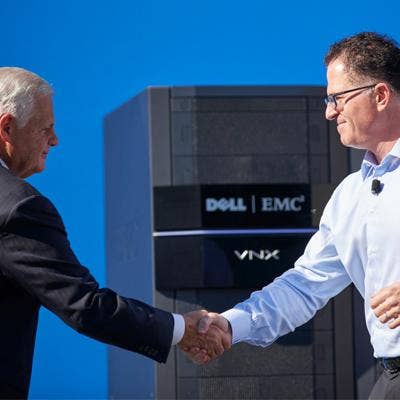
3. HPE Pounces On Dell-EMC Confusion
HPE wasted no time in capitalizing on what the company is calling the channel chaos and confusion resulting from Dell's planned $67 billion acquisition of EMC.
"This move is going to cause chaos in the channel as they bring together two different programs and approaches," said CEO Meg Whitman in an email to HP Enterprise employees immediately after the deal was announced.
As part of its sales attack against Dell and EMC, HPE hosted EMC partners and customers at the recent HPE Discover conference in London. "Our view is that for the next year until this deal actually closes, and then for a year after that, there is going to be a lot of disruption," Whitman told CRN. "Think about it. The people who cover the channel will change out. Who knows exactly what is going to happen with the various product lines? What product lines will live? What product lines will go away?"
Bringing the Dell and EMC product portfolios together will require a significant amount of product rationalization, said Whitman. "Customers simply will not know if the products they are buying today from either company will be supported in 18 months."
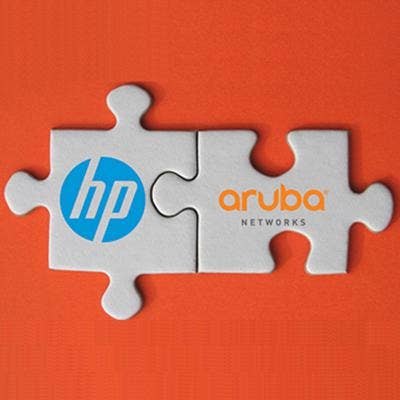
2. HPE's $3 Billion Aruba Acquisition Puts Heat On Cisco
Hewlett-Packard's $3 billion acquisition of wireless networking high-flyer Aruba Networks , finalized in May, put the heat on networking leader Cisco Systems.
Partners said the deal provided HPE with an innovative, best-in-class wireless offering that has already started to pay off for HPE. In the most recent quarter, HPE networking sales – which include Aruba – were up a whopping 35 percent.
HPE CEO Meg Whitman says Aruba, with its ClearPass security layer, is winning because it's a flat out better product than the Cisco offering.
A top HP national enterprise partner, who did not want to be identified, called the acquisition a shot across the bow of Cisco. "Aruba has a state-of-the-art product that is already taking market share from Cisco," said the partner reacting to the blockbuster deal. "This should accelerate that. When you put the power of the HPE partner network behind this, you are going to see some serious wireless networking share gains for HP. With HP's scale, I see Aruba moving quickly to $2 billion in sales."
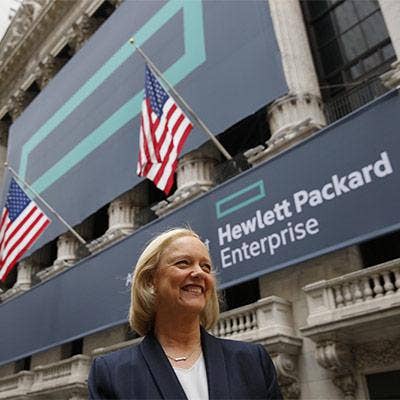
1. A Successful Split – A More Nimble And Agile HPE
When HPE CEO Meg Whitman rang the bell of the NYSE on Nov. 2 officially launching HPE as an independent company, it marked the beginning of a new era for a Silicon Valley crown jewel.
The NYSE ceremony, which included Ingram Micro CEO Alain Monie and CDW CEO Tom Richads, was a celebration of sorts for Whitman, who is widely credited with pulling off the largest successful split ever of a Fortune 50 company into two new independent companies: Hewlett Packard Enterprise and HP Inc.
Monie, who oversees a $46.5 billion company recognized as HPE's largest global channel partner, said pulling off the separation of the $110 billion company without any impact on the channel or customers was a remarkable accomplishment. "We have not seen even a hiccup," he said. "It is a tremendous achievement which people don't recognize."
Dan Molina, CTO of Nth Generation Computing, one of HPE's top partners, said he believes HP founders Bill Hewlett and Dave Packard would be proud of the reinvention of the company."This is enabling more innovation," he said. "That is how they started the company, with innovative technology."